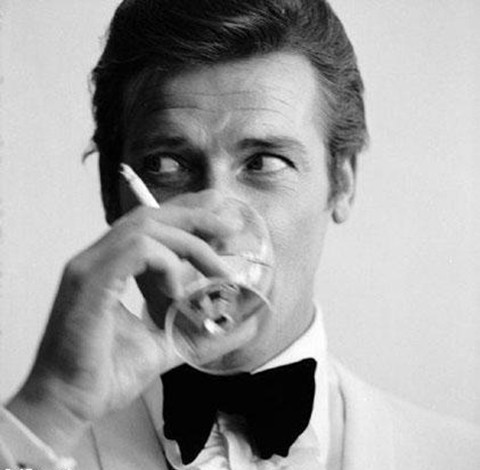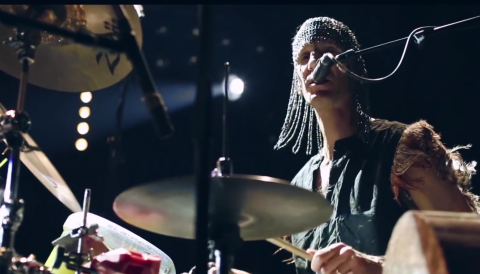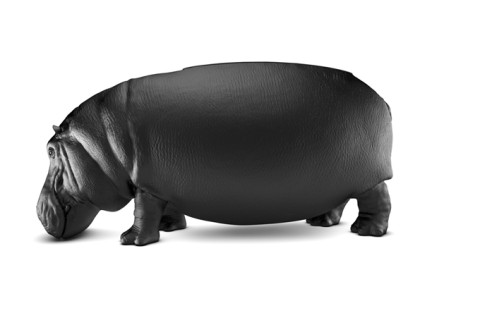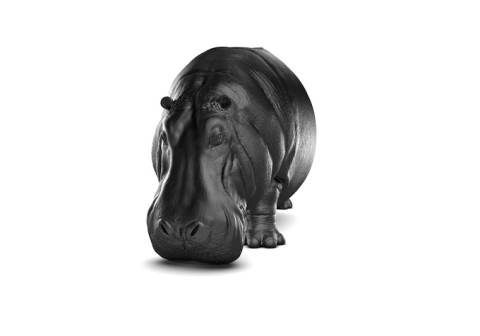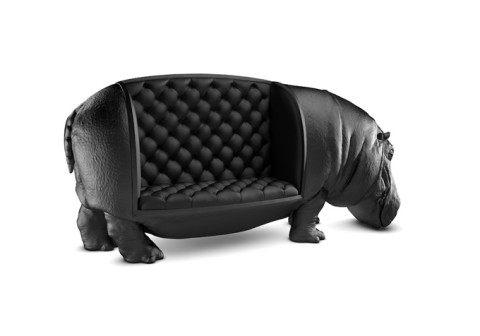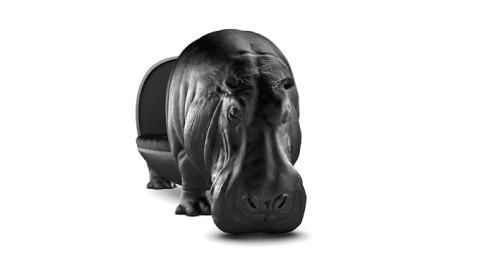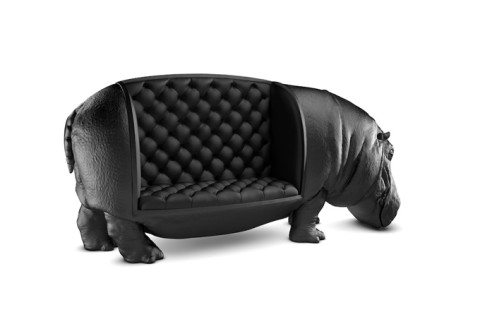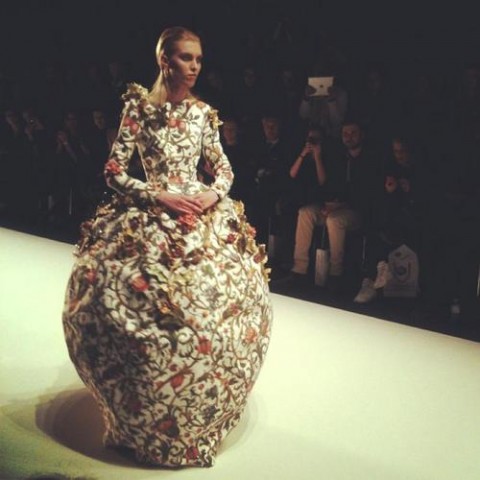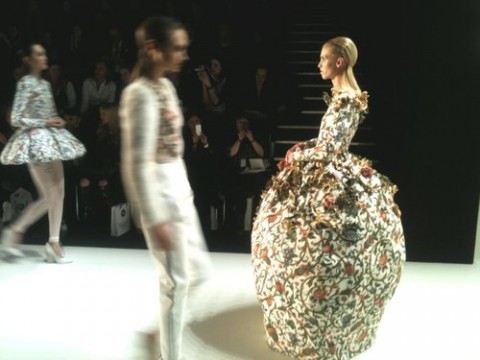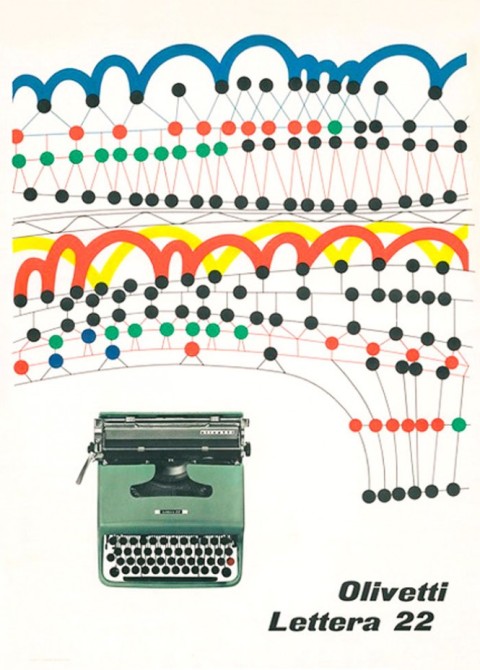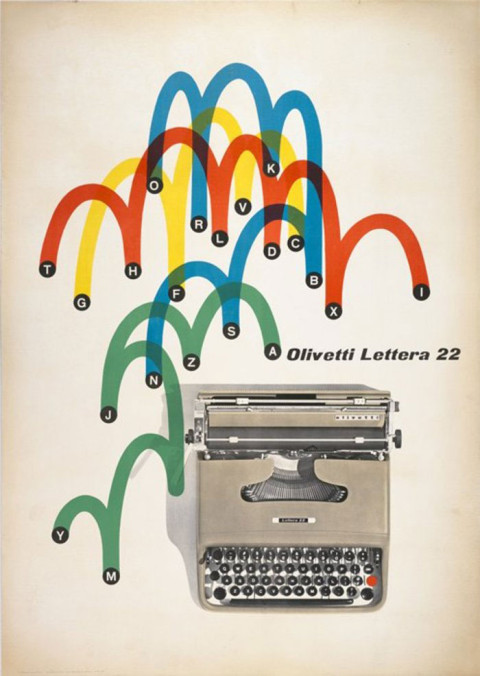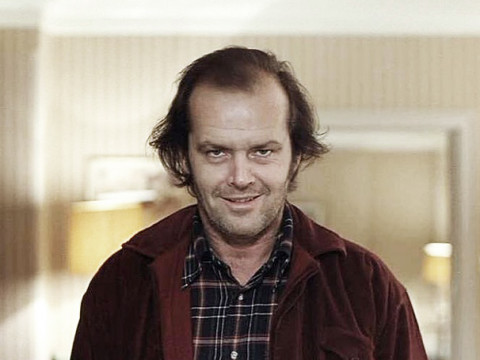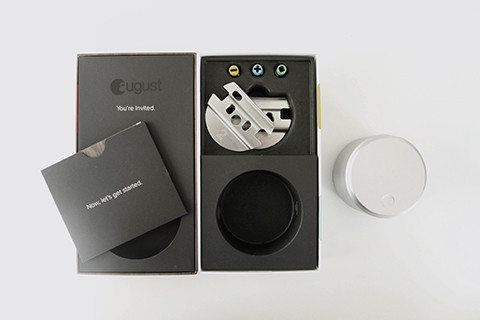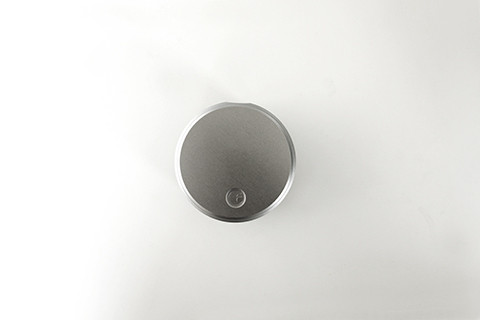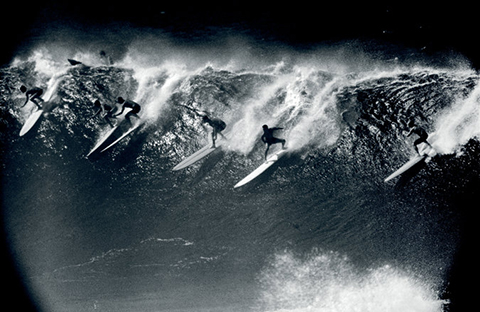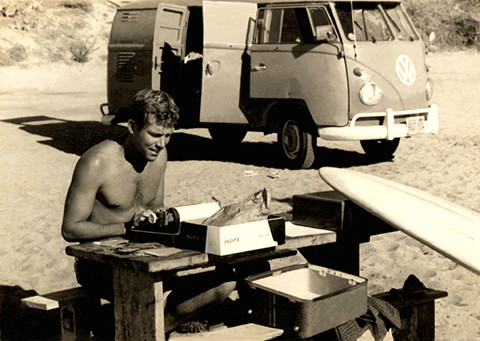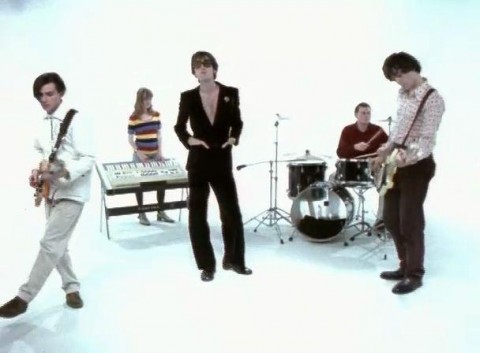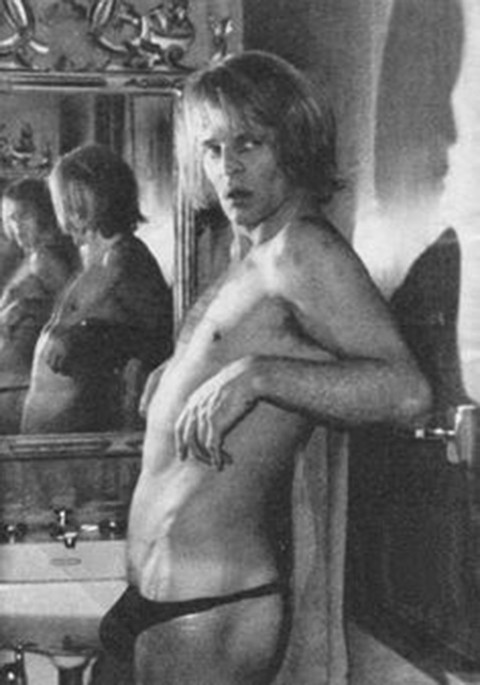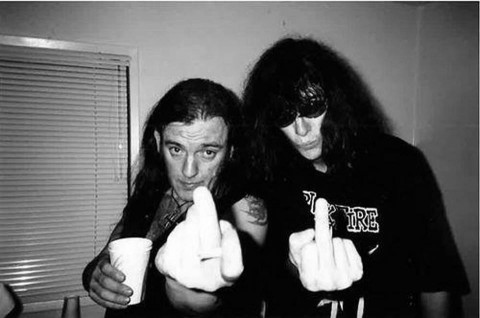ok i know we all smoke… occasionally, and we all drink like tomorrow is our last. but still… that is no reason to use deodorants, or even worse, sleep each night on our mattress at home (bear with me). i mean yes, we all do stupid silly things, but that is because we chose to, knowingly. we heard the news, read about the risks, researched the possibilities and then, and only then, we went on a shark feeding dive in tahiti. what we hate is that we are risking being poisoned, with out our knowledge, and with out a single mind altering benefit to write about, while we fill the pockets of the chemical industry giants. this has gotta stop. but we must start somewhere. here are 6 things you should not do…
1- BPA’s in canned food:
how to avoid: majority of canned goods use BPA in their lining, this synthetic hormone has been linked to various forms of cancer, as well as reproductive problems and heart disease. look for BPA free cans and avoid plastics that are marked with “PC” or recycling label #7. read the back of the can.
2- PVC’s in anything plastic that goes into your mouth:
how to avoid: they are in those clear ice coffee cups (shit i drink 4 a day!) plastic food containers (topper-ware), plastic utensils, children’s toys and plastic wrap and anything made from PVC. this baby encourages the death of testicular cells in men and is linked to hormonal changes, birth defects related to the male reproductive system and thyroid abnormalities, but nothing else.
3- PBDE’s (flame retardants) are in your mattress, sofa, curtains, stereo:
how to avoid: it’s virtually impossible to avoid PBDE’s entirely, they are used as a flame retardant and many attempts to ban them have been crushed by the industry lobby. they cause permanent learning and memory impairment (which explains the young intern syndrome of today), delayed puberty onset, and decreased sperm count. each night you go to bed, or sit on your sofa, you are being exposed to them through your bodies largest organ, your skin… but it helps to use a vacuum cleaner with a HEPA filter to catch the dust that comes off of them. i wonder if even my fancy horse hair bed has this shit sprayed on it?
4- mercury is found in your lovely seafood dish:
how to avoid: cut down on your tuna, especially your fancy tuna (as that is the worse), if you must eat tuna (bluefin tuna status: endangered species) eat the cheap canned tuna (BPA free can) because they use the younger tuna (bad for the species, but better for you) or the less fatty parts of bigger tuna which contain the least mercury as mercury is stored in the fat of the tuna (and then yours) and the fat of the fish that the big tuna eat. mercury builds up in your body (like radiation) and exposure leads to brain, heart, kidneys, lungs, and immune system diseases. yum! make mine seared.
5- aluminum and parabens found in antiperspirants and creams:
how to avoid: get hand and body lotions that are paraben free. absolutely avoid all common deodorant like “dry idea”, “ban” (i mean the god-damn name warns you on the label, how stupid are we?) “degree”, etc. try a brand that does not list anything aluminum+(blah, blah) note that you will stink for the first few weeks but then you’ll be surprised as to how less stinky you become after that. that is because “antiperspirants” literally block your sweat glands and do not allow sweat to exit. now where do you think all that sweat goes? that is all the toxins that have been building up, finally coming out. imagine if you finally pooped after, say 18 years, its not gonna be a pleasant sight. aluminum is responsible for increased risk of breast cancer especially if you shave before applying. but also alzheimer… which i already have. parabens simply cause breast cancer but at least you will remember why you got cancer to begin with.
6- pesticides (organophosphate) found in your average fruit and vegetables:
how to avoid: grow your own shit if you live in woodstock, otherwise buy organic produce whenever possible and use the EWG guide to find out which nonorganic produce contains the least amount of pesticide residue. but what are organophosphate pesticides? ok gotta love this; “these pesticides were originally developed by nazi germany during WWII for use in chemical warfare, using the same chemistry, we now spray them on our crops.” you gotta love capitalism. they are linked to impaired brain development, fertility and thyroid function.
*** disclaimer: drinking and smoking are not fine. they are bad. if you are not already a drunk, or a nicotine addict, do not start. it sucks. also, never believe 100% of what you read anywhere, but especially here. please use this as a starting point to research and learn more about the shit we are being fed, and take action with your purchasing power for our future and the earth future. for beginners you can also watch the “human experiment” movie with mister sean penn on the horn.
end fact: you probably know the EU has strict policies on chemicals. but did you know china has a stricter public exposure to chemical policy than the US? that is actually true. they sell shit to us that they cant sell in china! not their fault, but ours. by dd
 a visual collective outlet of inspiration
a visual collective outlet of inspiration